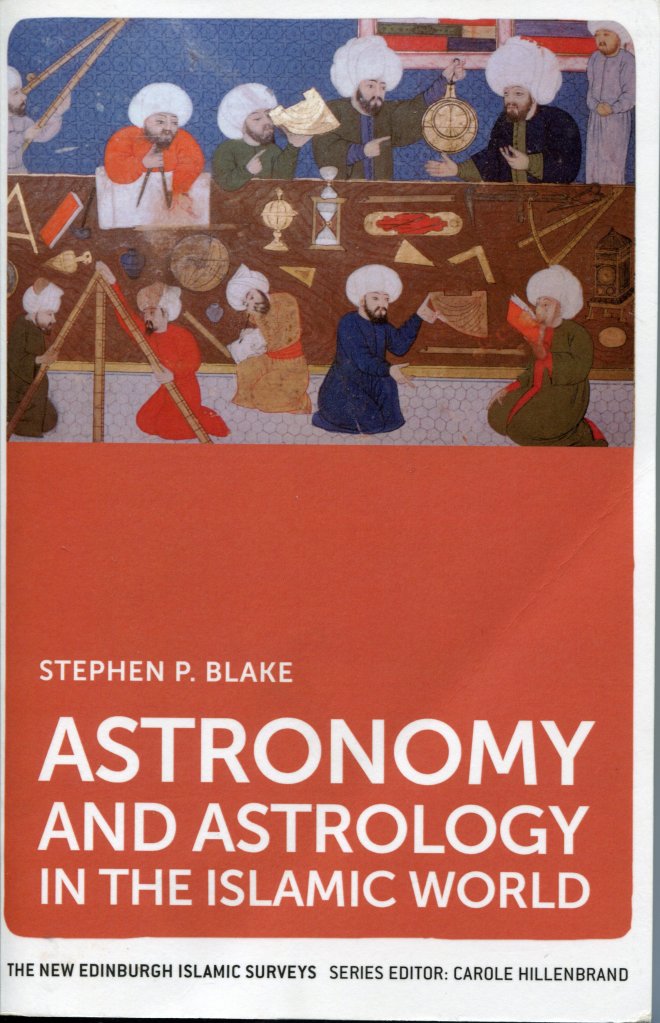This article stands as a contemplation on a prior social media reply concerning Jim Al-Khalili’s work, “The House of Wisdom: How Arabic Science Saved Ancient Knowledge and Gave Us the Renaissance.” Al-Khalili, a notable broadcaster celebrated for his capacity to convey contemporary science to the general public, appears to lack authority in the realm of Arabic science history. Two instances underscore this perspective.
To begin with, in a panel discussion regarding Arabic science, Al-Khalili rejected Professor Peter Pormann’s claim that the House of Wisdom was a fabrication, choosing instead to accept its existence. Professor Pormann is a respected expert in this area. Moreover, Al-Khalili attributes the modern scientific method to Ibn al-Haytham (c. 965–c. 1040) because of his contributions to optics. This notion overlooks Ptolemaeus’ prior similar work in optics. Furthermore, A. Mark Smith, an optics historian, challenges the practicality of Ibn al-Haytham’s experimental descriptions, suggesting they may have been theoretical in nature.
The lack of a thorough introduction to the science arising from medieval Islamicate cultures from the seventh to the sixteenth centuries complicates the task of recommending alternatives. Among the limited resources available is the “Encyclopedia of the History of Arabic Science,” edited by Roshdi Rashed. Although likely unattainable due to being out of print and potentially costly, this three-volume compilation offers extensive insights for scholars. If it can be accessed through a university library, it is a valuable asset.
When addressing Arabic or Islamic science, it is crucial to clarify the terminology used. Islamic science incorporates contributions from diverse religious groups within Muslim-majority regions, including Jews, Christians, and Zoroastrians. Although much of this body of knowledge is referred to as Arabic due to its primary language, many contributors were not of Arab descent. Hence, the term “Islamicate” offers a more comprehensive descriptor for the extensive array of scientific contributions.
While both Al-Khalili and Lyons do not thoroughly address Islamicate science and technology, some recommended resources, although with limitations, serve as authoritative references. Stephen P. Blake’s “Astronomy and Astrology in the Islamic World” provides a concise overview of astronomical pursuits throughout the Islamic realm. While it may occasionally be overly simplified and show bias against astrology, it remains a significant reference with certain caveats.
John M. Steele’s “A Brief Introduction to Astronomy in the Middle East” explores both pre-Islamic and Islamic astronomy, delivering a comprehensive yet accessible narrative, despite its conciseness. It examines the considerable impact of astronomy within the Islamic world, spotlighting scientific progress and its eventual transfer to Europe, which has influenced modern astronomy.
Ehsan Masood’s “Science and Islam: A History” is tailored for a general audience and offers a broad history of Islamicate science within its cultural and political framework. It traces the history of Islamic scholarship and the environmental conditions that fostered scientific growth. Although it may occasionally lack depth, it serves as a robust introduction for those new to the field.
For those seeking more targeted studies, J.L. Berggren’s “Episodes in the Mathematics of Medieval Islam” provides insight into Islamic mathematical developments. Additionally, individuals interested in alchemy can refer to the section, “Development: Arabic al-Kimiyā’,” found in Lawrence M. Principe’s “The Secrets of Alchemy.”
Finally, newly uncovered volumes from “The New Edinburgh Islamic Surveys” series present opportunities for further exploration. Key works include Donald R. Hill’s “Islamic Science and Engineering” and Peter E. Pormann & Emilie Savage-Smith’s “Medieval Islamic Medicine,” both of which enrich the comprehension of the profound scientific legacy of medieval Islamicate cultures. As new materials, such as the “Routledge Handbook on the Sciences in Islamicate Societies,” become accessible, further evaluations will follow to broaden these understandings.
